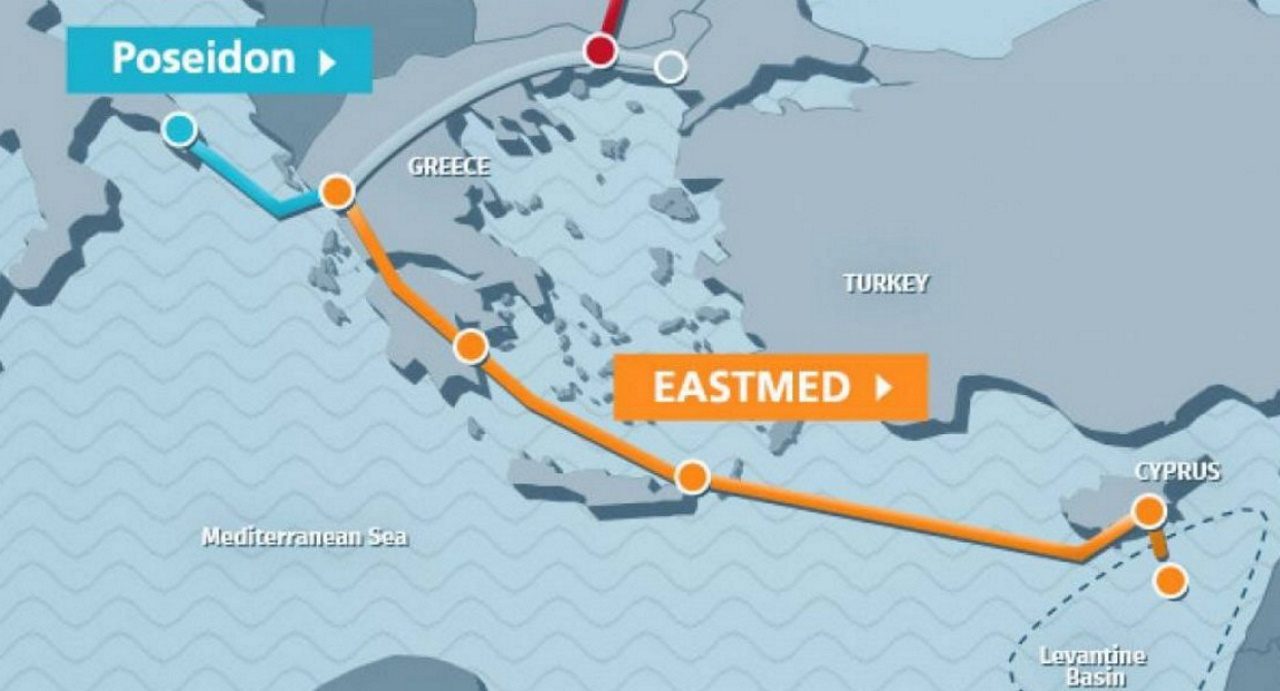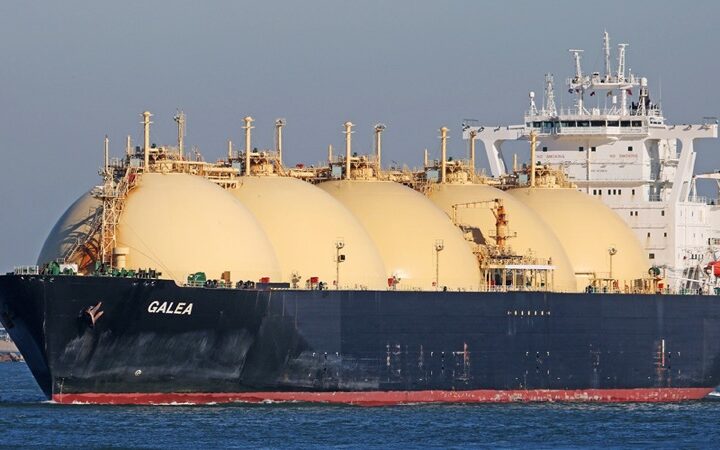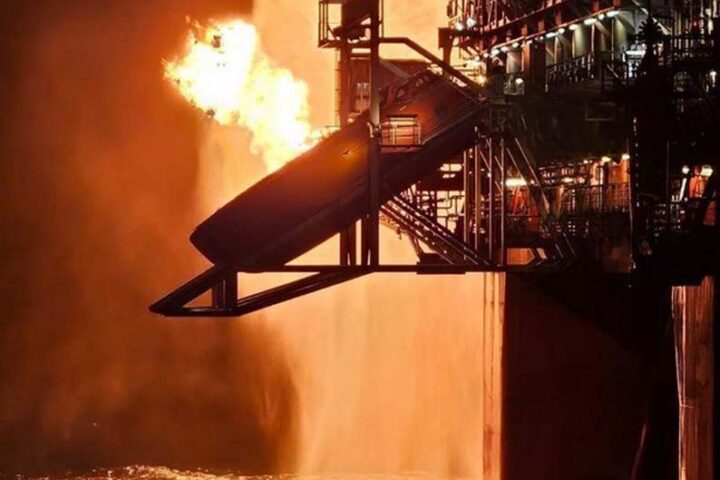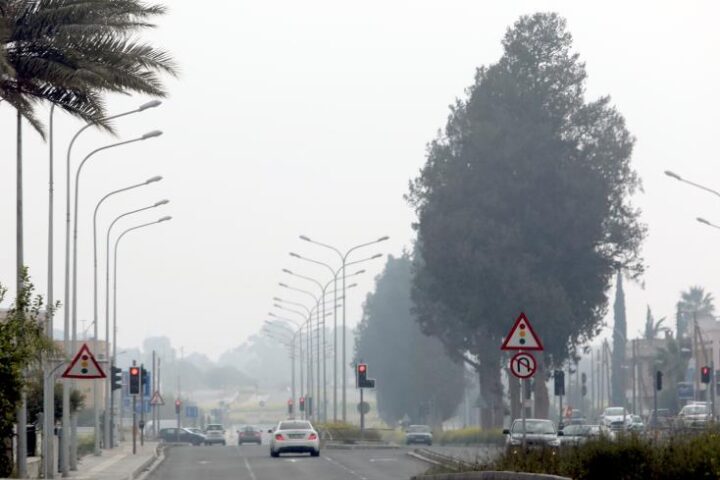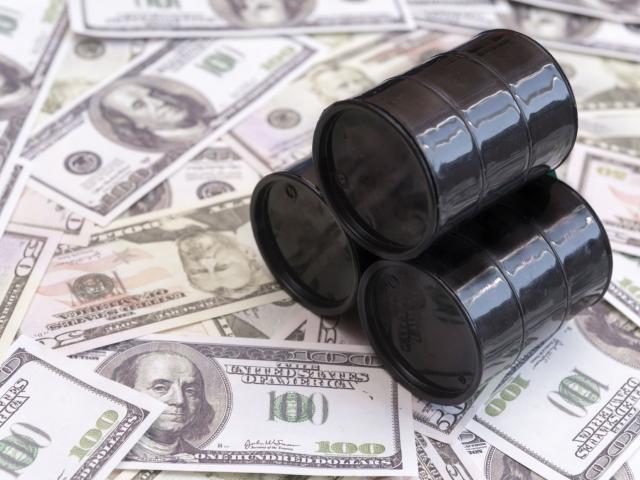The eastern Mediterranean has been attracting increased attention from energy companies and European governments in recent weeks, as the realisation of the anticipated difficulties in securing next winter’s gas supplies sinks in.
With Russian gas still flowing to several countries in Europe, especially to Germany, Austria, Hungary, Czech Republic and Greece, albeit at a much reduced rate than before the war in Ukraine, the struggle to decouple European gas imports from Moscow’s grip continues.
Although Russian gas exports to European destinations in 2022 were significantly lower than last year and amounted to 80.3 bcm, compared to 146.6 bcm in 2021, gas flows through Russian pipelines carried on in the first half of 2023.
According to latest figures from Montel, Gazprom in the first quarter of this year delivered some 23 bcm to European customers, ie. 60% less than last year. Although much reduced, the continuation of Russian gas exports to the continent shows the huge difficulties involved for Europe to fully decouple from Russian energy.
The crux of the problem appears to lie in the long term “pay or take” type of contracts that many European companies have signed with Gazprom. In this context, the quest for alternative gas supplies is becoming really expedient.
Warm weather
Despite Russia sharply cutting its pipeline gas supply in 2022 and the first half of this year, Europe managed to avert full-blown shortages last winter owing to warm weather and massive imports of liquefied natural gas (LNG). As latest figures show, last year, Europe imported much increased LNG quantities in order to meet the gap resulting from the loss of Russian gas supplies.
According to the 2023 edition of the just published “Energy Institute Statistical Review of World Energy”, Europe almost doubled its imports of LNG last year in order to meet the deficit which resulted from rapidly falling Russian gas imports, as the EU was trying to decouple from Russian energy.
More specifically, in 2022 the EU imported 155.1 bcm of LNG, some 62 bcm more than the previous year. Although European gas consumption in 2022 was reduced to the tune of 13% compared to 2021, as a result of very high prices, it nevertheless reached 428.3 bcm.
This is a significant amount corresponding to 10% of global natural gas consumption and just less than 50% of North American gas use.
In view of the dramatic shift in its gas supply pattern, following the Russian invasion of Ukraine, Europe is now in competition with other regions, most notably the Asia-Pacific, for LNG gas supplies, something which is reflected in the latest gas market dynamics and elevated prices.
Although freed from Russia’s gas stronghold, the continent now finds itself turning to world markets in order to secure its gas supplies by continuing to import from all corners of the world.
The stark reality that one way or the other Europe is, and will continue to be for some time, dependent on huge gas imports in order to keep its energy systems working – renewables and hydrogen are far down the road to be able provide much needed comfort in terms of base load provision – is forcing EU planners to examine indigenous production options.
According to latest estimates by the Institute of Energy for SE Europe (IENE), as published in its seminal work, the “SEE Energy Outlook 2021/2022”, Europe can tap some 12 to 14 trillion cubic metres (tcm) of gas from a number of proven reservoirs to be found in home grounds and in places like the North Sea, the Black Sea, the Adriatic, the Ionian, Crete, Cyprus and Israel.
New significance
In this context, the east Mediterranean acquires a new significance as a potential major gas supplier to Europe. The region has seen major discoveries in the last decade or so, mainly off Israel and Egypt, and lately off Cyprus, with global energy companies such as Eni, Chevron, Shell and TotalEnergies holding interests in the gas fields.
Gas from the east Mediterranean already makes its way to Europe in the form of LNG from Egypt, the only country in the region that has an export facility. It accounted for about 3% of the LNG volume that Europe imported in 2022, according to data from Refinitiv.
But according to market sources, gas in the region is still “underexplored” and has the potential to contribute meaningfully to Europe’s energy security.
“Although it cannot completely replace the 150 bcm of Russia gas, it can contribute towards the solution that Europe needs,” note the above sources.
Cyprus, which has more than 450 bln cubic meters of recoverable reserves, is also angling to be a new exporter and is looking to discuss with Israel a pipeline that sends Israeli gas to Cyprus to be liquefied and shipped to Europe.
Although politics has been a significant roadblock in the speedy development of gas in the region, especially in view of Turkey’s aggression and repeated violations of Cyprus’ EEZ, which to a large extent has hampered the progress of exploration drilling, the biggest issue has been the “lack of willingness from the politicians in Europe” to recognise that the world will need to use natural gas for longer than anticipated, notes Mathios Rigas, CEO of London-listed “Energean”, a mid-size European oil and gas producer with substantial interests in the east Mediterranean.
Green transition
“[The] green transition has to happen, but it is not going to happen overnight. Energy security is extremely important to all of us, so we have to exploit our own natural resources,” he said, quoted by the Financial Times.
But the fundamental question remains: how much east Mediterranean gas will actually make it to Europe?
Researchers at Columbia University’s School of International and Public Affairs noted in a March report that, “on an aggressive timeline for field development” the region could have a surplus of 50bn cubic meters a year by the early 2030s, but how much of that could be available to Europe remains to be seen.
“Eastern Mediterranean countries, especially Egypt, have strong domestic demand that governments in the region will prioritise,” they added.
And if the gas was to come via LNG, a fundamentally fungible commodity, the gas may be shipped to the highest bidder, which may not be in Europe.
The “East Med” pipeline could solve that issue. This is a huge €6 bln project to ship the east Mediterranean gas to the European market and is fully supported by the EU as a Project of Common Interest (PCI).
The project has now entered a critical stage with a market test underway and negotiations in progress concerning its financing.
As Energean’s Rigas said: “We need multiple sources [of gas]. That’s why the east Mediterranean is important, because it could be one of many.”
Costis Stambolis is a Financial Mirror correspondent based in Athens.

